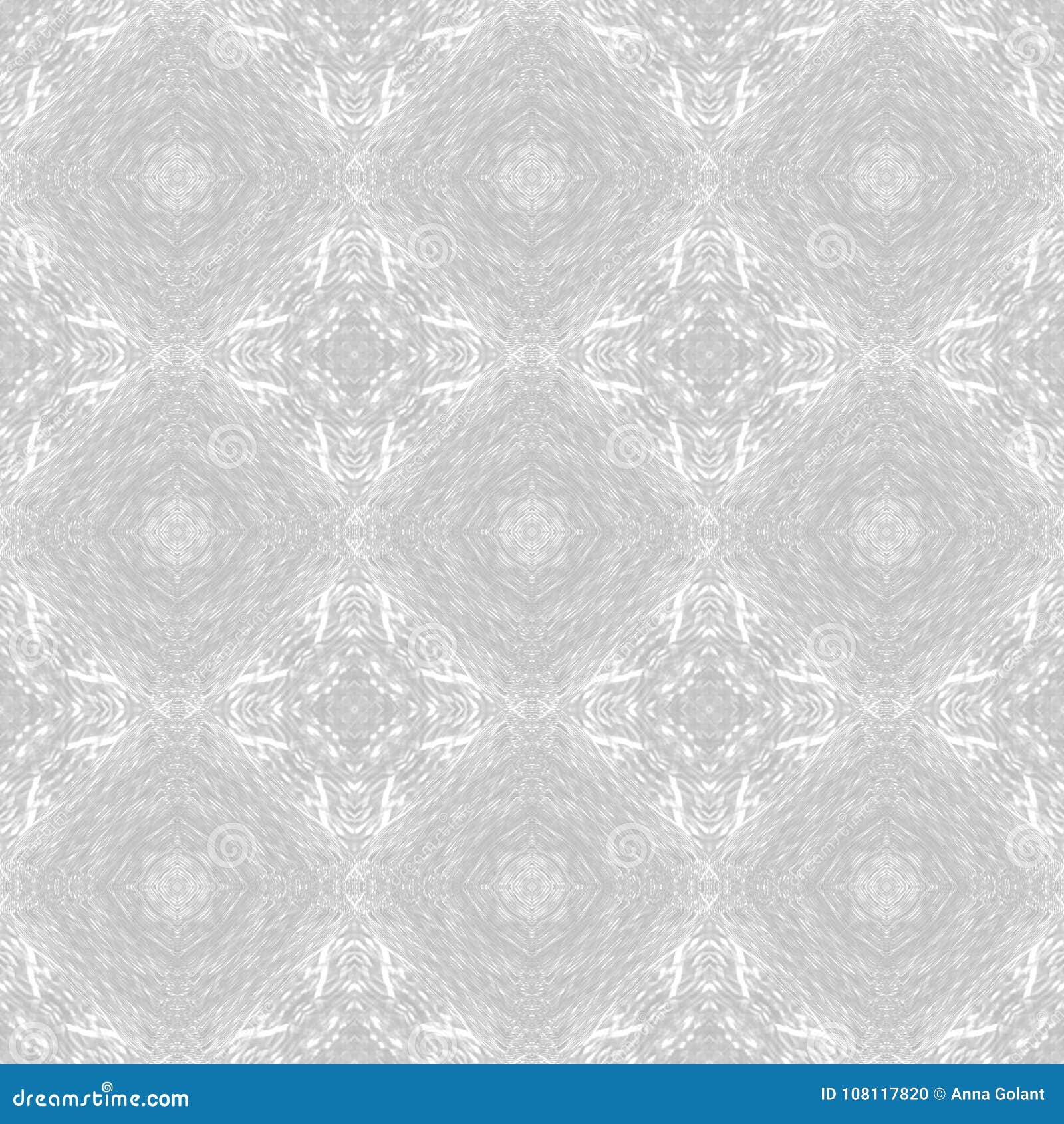

The Covid-19 lockdowns gave many people a chance to consider what was on the walls around them but fewer people do their own wallpapering these days and for those people living in rented accommodation, adding wallpaper may not be possible. Today, plain walls are often seen as more fashionable with the occasional wallpaper feature wall making an appearance. In the 30s wallpaper was even advertised as having psychological benefits – adverts suggested you were failing your children if you didn’t choose a nice wallpaper. There was a huge house building programme in the 20s and 30s and for these new suburban houses the idea of bringing the garden inside through wallpaper was fashionable so big florals proved popular. The Victorians were particularly fond of flowery wallpaper and after the First World War the time was right for its resurgence. The wallpaper industry was traditionally based in the North West of England, as it was linked with the cotton industry and shared some of the same machinery. Floods of memories come out – both warm and sometimes difficult memories.” People have been really excited to share their stories. Patterns can take you back to a moment in time. In its heyday wallpaper saw inside it all: Law courts, pubs, manor houses, council flats, shopping, fights, meals, politics, parties, loneliness, housework, laughter, desire, bath-time, DIY, play, music, addiction, television, pets, rest, illness, fear, hunger, mess, grief, excess, prayer, death, boredom and joy all muddied our views of the wallpaper.” Eugene Sobers submitted a photo of her wallpaper as part of the project at The Whitworth Gallery, Manchester (Photo: supplied)Įxhibition curator Olivia Heron says: “They were the backdrop to so much life. The Open House website says: “Until now we haven’t recorded the stories provoked by these patterns. Now, the Whitworth gallery in Manchester, which has curated more than 10,000 wallpapers in its collection, from cheap and cheerful factory remnants to older hand printed examples, is encouraging people to bring in photos of themselves with their wallpaper and talk about the memories they bring back as part of its Open House project.

The way we cover our walls can reveal as much about us as the clothes we choose to wear. It was a green and turquoise pattern and although my memory of the design was slightly different from the reality, I am sure its presence in my childhood has influenced the fact that I really like 70s design today. I recently asked my mum to dig out an old photograph of me in my bedroom surrounded by my typically 70s wallpaper. Wallpaper can be more than just something to brighten a room or cover a damp patch. The fully illustrated cards such as the Radiant Eevee and Radiant Greninja are far more interesting to me and are on par with Shining Pokémon, while the ones with the color patterns end up underwhelming.Prime Minister Boris Johnson’s infamous gold wallpaper in the flat above Number 10 Downing Street may have made weeks of newspaper headlines but the choices that the rest of us make when it comes to home wallcoverings can also live long in the memory. One thing about these cards is that half of them seem to have intricate and beautifully illustrated backgrounds while others contain what look like simple color patterns. This card type will also appear in the next set, Sword & Shield – Lost Origin, and the final expansion of the year, Sword & Shield – Silver Tempest. Since their arrival in Sword & Shield – Astral Radiance, Radiant cards have appeared as SWSH Black Star Promos (Eevee) and in the special Pokémon GO set (Charizard, Venusaur, Blastoise). They could be pulled in the Reverse Holo slot, making it so that both Radiant Pokémon and Trainer Gallery hits could be found in this slot. Radiant cards arrived in the English-language set Sword & Shield – Astral Radiance for the first time. What's different and unique to Radiant cards, though, is that the actual body of the card with text is foil and has a geometric reverse-holo pattern that moves through the actual Pokémon as well. Like Shining Pokémon, the actual figure of the Pokémon itself has textured foil rather than the background of the artwork. They are quite a lot like Shining Pokémon cards which debuted in the Neo era way back in the day. When Radiant Pokémon first debuted in Japan, they were translated as Sparkling Pokémon.


 0 kommentar(er)
0 kommentar(er)
